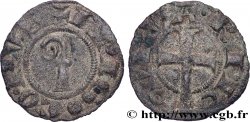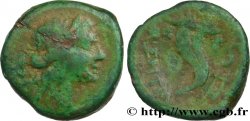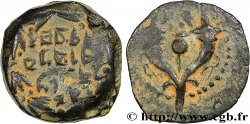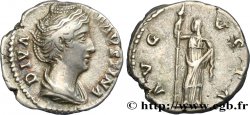Not available.
Item sold on our e-shop (2016)
Price : 160.00 €
Item sold on our e-shop (2016)
Price : 160.00 €
Type : Petit denier
Date: n.d.
Metal : billon
Diameter : 16 mm
Orientation dies : 12 h.
Weight : 0,63 g.
Rarity : R1
Coments on the condition:
Ce denier est frappé sur un flan assez large et irrégulier présentant un petit éclatement. Exemplaire recouvert d’une patine grise. Hauts reliefs au droit, ce qui est assez rare pour ce type monétaire
Catalogue references :
Obverse
Obverse legend : + EPISCOPVS.
Obverse description : Tête mitrée à gauche.
Obverse translation : (Évêque).
Reverse
Reverse legend : + VI. VA. RII.
Reverse description : Croix.
Reverse translation : (de Viviers).








 Report a mistake
Report a mistake Print the page
Print the page Share my selection
Share my selection Ask a question
Ask a question Consign / sell
Consign / sell
 Full data
Full data












